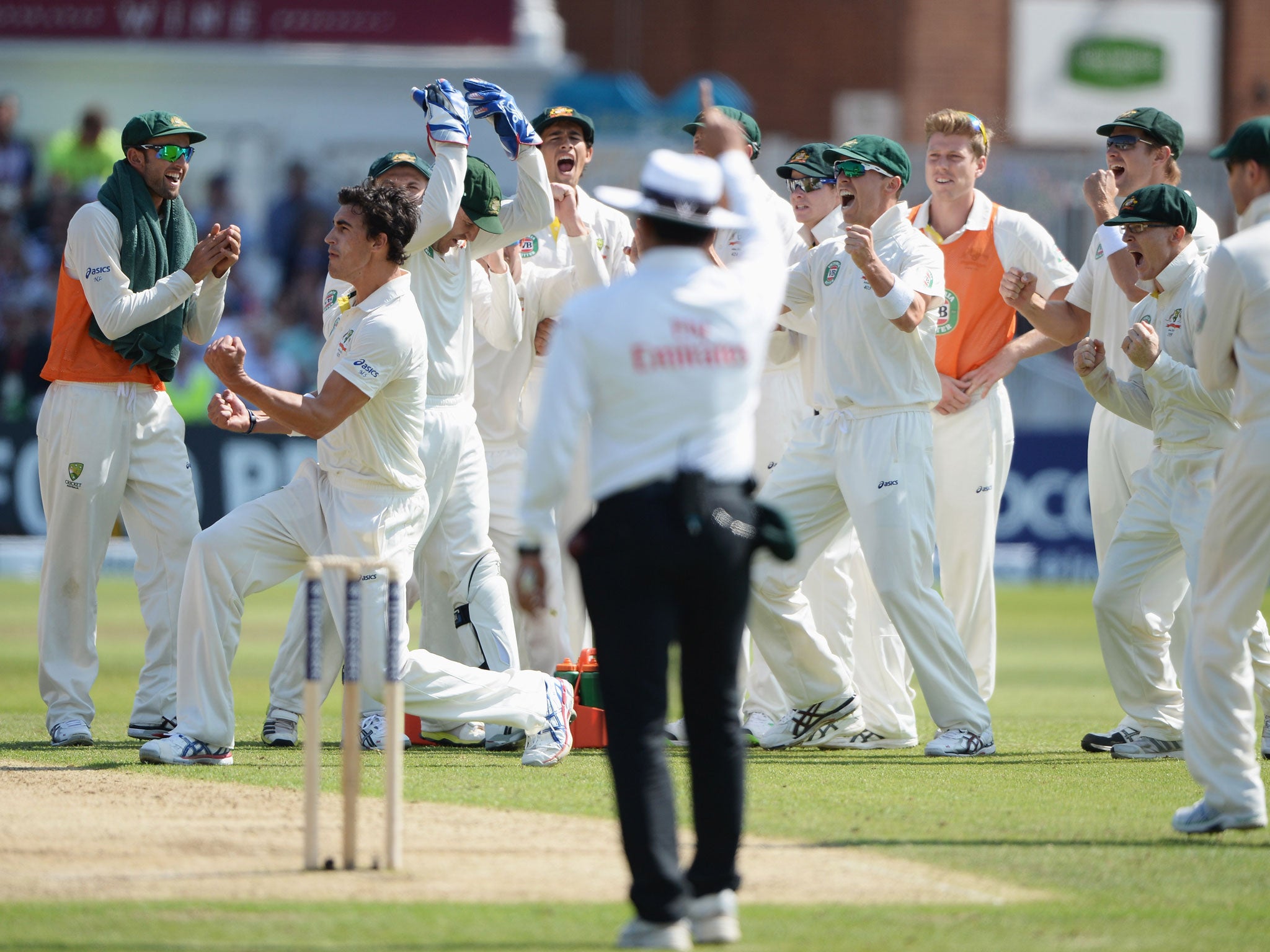Ashes 2013: Andy Flower demands answers after Hot Spot meltdown leads to Jonathan Trott dismissal

Your support helps us to tell the story
From reproductive rights to climate change to Big Tech, The Independent is on the ground when the story is developing. Whether it's investigating the financials of Elon Musk's pro-Trump PAC or producing our latest documentary, 'The A Word', which shines a light on the American women fighting for reproductive rights, we know how important it is to parse out the facts from the messaging.
At such a critical moment in US history, we need reporters on the ground. Your donation allows us to keep sending journalists to speak to both sides of the story.
The Independent is trusted by Americans across the entire political spectrum. And unlike many other quality news outlets, we choose not to lock Americans out of our reporting and analysis with paywalls. We believe quality journalism should be available to everyone, paid for by those who can afford it.
Your support makes all the difference.After only two days' cricket, the Ashes has its first flashpoint. Andy Flower, the England team director, sought an explanation from match referee Ranjan Madugalle after Jonathan Trott was controversially given out lbw by third umpire Marais Erasmus.
The England and Wales Cricket Board also asked for clarification from the International Cricket Council, the world game's governing body, about why Trott was sent back – after he was originally given not out – despite the apparent inability of the Hot Spot camera to record the incident from square of the wicket. Hot Spot is the heat-seeking device that can usually show whether the ball has touched the bat.
Flower was irked because on-field umpire Aleem Dar's decision was overturned even though Hot Spot was not available from every angle. Flower wanted to know why Erasmus had changed Dar's original call despite not having every technological device at his disposal. From Trott's reaction, after being given out first ball to Mitchell Starc, it was clear he was certain he had hit the ball, and his team-mates agreed.
Jimmy Anderson, whose 5 for 85 was overshadowed by Ashton Agar's record-breaking 98 on his Test debut, spoke for an angry England dressing room. "Trotty hit it and was given not out," said Anderson. "He did hit it and it's frustrating that it was overruled. Of course, there is an air of frustration in the dressing room."
It was not clear why Hot Spot had not recorded the incident from all available angles. The side-on view would probably have determined whether Trott's bat had made contact with the ball before it struck his pad.
Joe Root was out from the previous ball, also delivered by Starc, to a faint edge and there was a suggestion, unconfirmed, that the Hot Spot camera had not recorded the Trott ball because its operators were watching footage of Root's dismissal. Last night, the ICC and Sky television, the host broadcaster, were still trying to clarify what had happened.
Even before Trott was out, it is safe to assume that Erasmus was not particularly popular with England. They were convinced that Ashton Agar had been stumped when he had made only six. Replays were required on that occasion and, even though no part of Agar's foot seemed to be behind the line when England wicketkeeper Matt Prior removed the bails, the 19-year-old was reprieved by Erasmus. Why, England wondered, was one player given the benefit of the doubt because of mixed evidence, while the other was condemned?
"I couldn't be certain but I thought it was out after looking at the big screen, and Matt Prior was pretty confident it was out," Anderson added.
Join our commenting forum
Join thought-provoking conversations, follow other Independent readers and see their replies
Comments